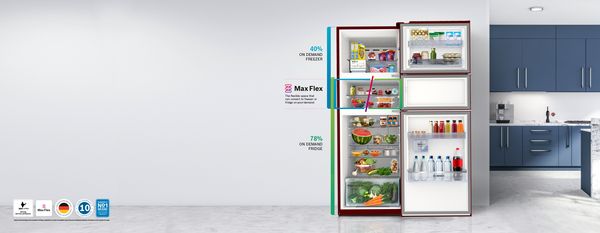• Unclog the Drain: Ensure the defrost drain is clear of debris to prevent water from pooling inside the Fridge. Use a pipe cleaner or warm water to clear any blockages.
Keeping your Bosch Fridge running efficiently is key to ensuring your food stays fresh and your energy bills stay low. Here are some tips and best practices to maintain your Bosch Fridge in top working condition.
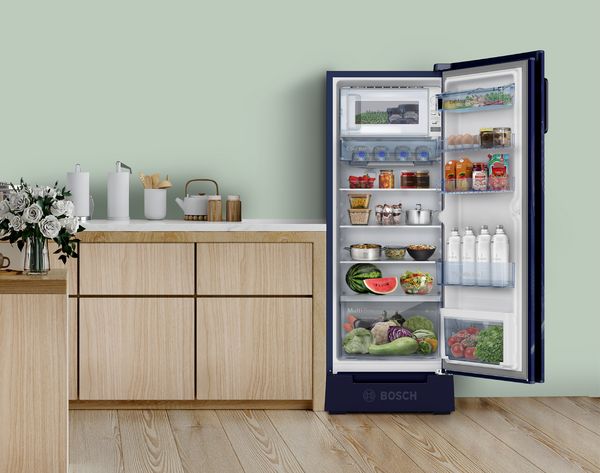
1. Regular Cleaning
• Interior Cleaning: Clean the inside of your Bosch Fridge every few months. Remove all food items and wipe down shelves, drawers, and walls with a mixture of warm water and mild dish soap. For stubborn stains, use a baking soda paste.
• Exterior Cleaning: Wipe down the exterior regularly using a soft cloth and mild cleaner. Avoid abrasive materials that could scratch the surface.
• Coils Cleaning: The condenser coils, typically located at the back or underneath the fridge, can accumulate dust and reduce efficiency. Clean them every six months using a vacuum cleaner or a coil brush.
You can explore the full range of Bosch Cleaning and Care Accessories for Cooling & Freezing.
2. Check and Maintain Temperature Settings
• Optimal Temperature: Set the Fridge and freezer temperature to 37-40°F (3-4°C) and the freezer to 0°F (-18°C). Keeping the fridge too cold wastes energy, while too warm can spoil food.
• Regular Monitoring: Use a Bosch fridge freezer to ensure the temperature remains consistent.

3. Proper Food Storage
• Organize Efficiently: Avoid overfilling your Bosch Fridge, as overcrowding can block air vents and restrict airflow. Leave space between items for proper air circulation.
• Cover Food: Store food in sealed containers to prevent moisture buildup and minimize the fridge’s workload.
4. Door Seals and Gaskets
• Inspect Regularly: Check the door seals for any cracks or damage. A faulty seal allows cold air to escape, causing the Fridge to work harder.
• Clean Seals: Clean the gaskets with a mixture of warm water and mild soap to remove any debris that could prevent a tight seal.
• Replace if Necessary: If the seal is damaged, replace it to maintain efficiency.
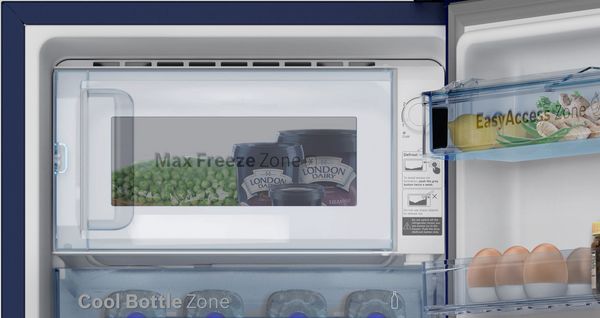
5. Defrost Regularly (if applicable)
• Manual Defrosting: If your Bosch Fridge doesn’t have an auto-defrost feature, manually defrost it when ice buildup exceeds 1/4 inch. Turn off the Fridge and let the ice melt, then clean and dry the interior.
6. Check the Defrost Drain
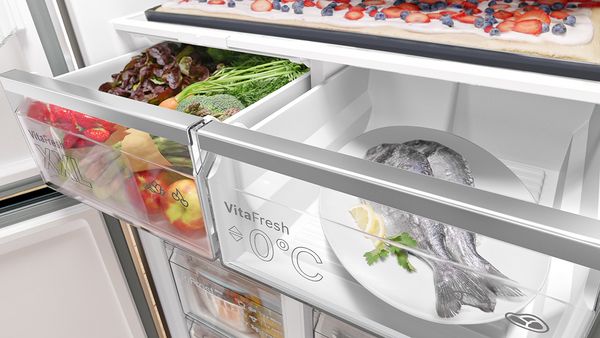
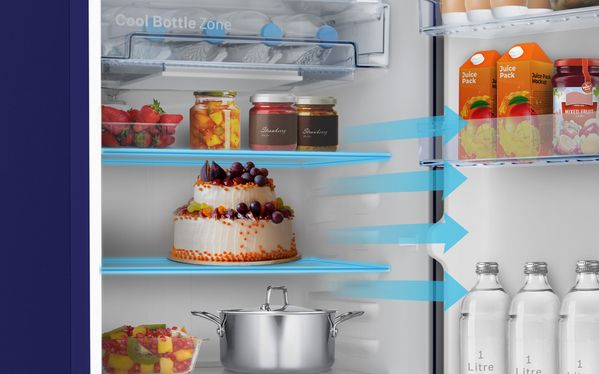
7. Keep it Well-Ventilated
• Proper Placement: Ensure there is enough space around the Bosch Fridge for ventilation. Avoid placing it close to heat sources like ovens or direct sunlight.
• Airflow Clearance: Leave at least an inch of space on all sides to allow for proper airflow.
8. Energy-Saving Tips
• Close the Door Quickly: Minimize the time the door is open to prevent warm air from entering.
• Cover Liquids: Covering liquids can reduce the amount of moisture released into the air, reducing the compressor’s workload.
• Energy-Saving Mode: If your Bosch Fridge has an energy-saving mode, use it to reduce energy consumption during periods of low usage.

9. Regular Professional Maintenance
• Annual Check-Up: Schedule a professional maintenance check annually. A technician can identify and fix issues before they become major problems.
By following these tips, you can keep your Bosch Fridge running efficiently, saving energy and ensuring your food stays fresh. Regular maintenance and mindful usage are key to extending the life of your appliance and reducing your carbon footprint.
